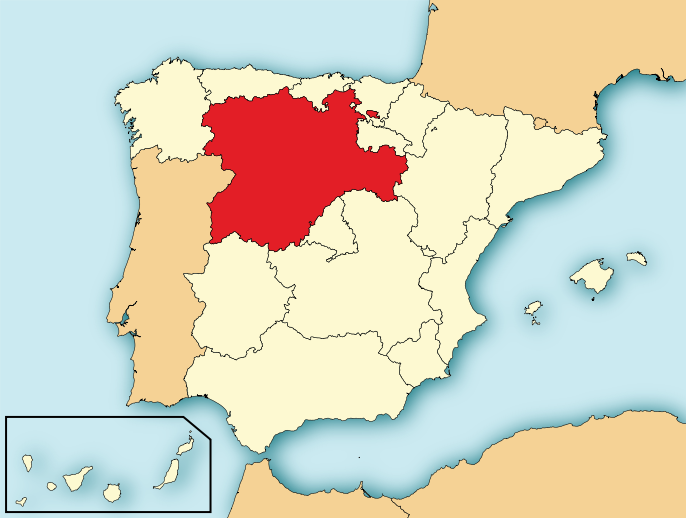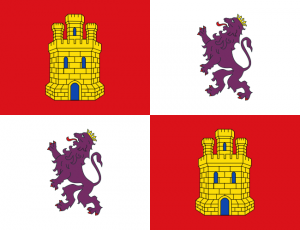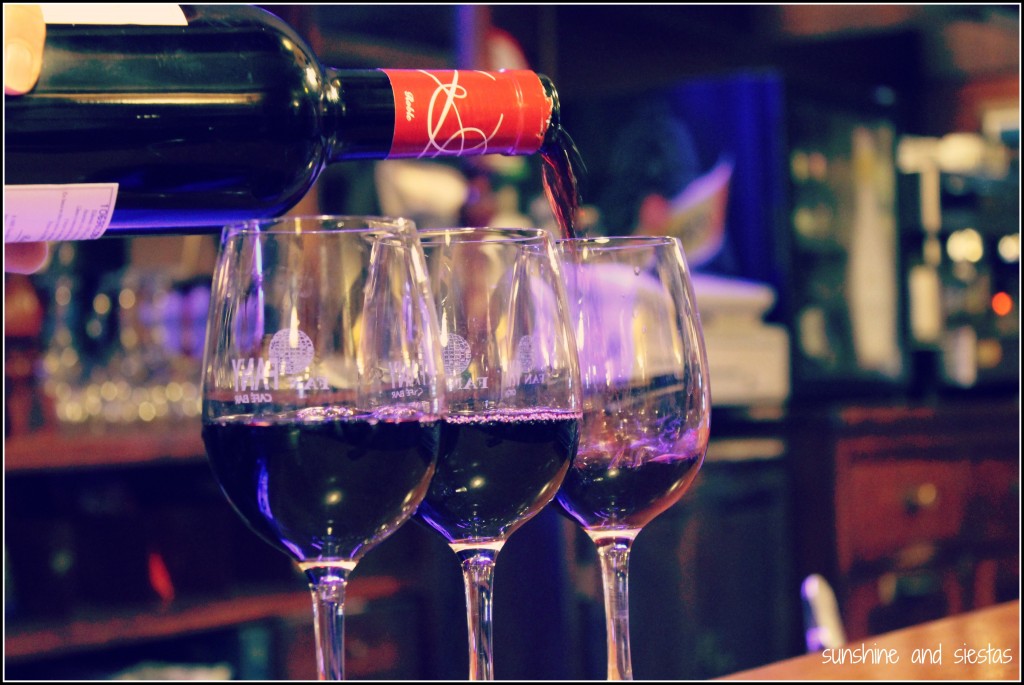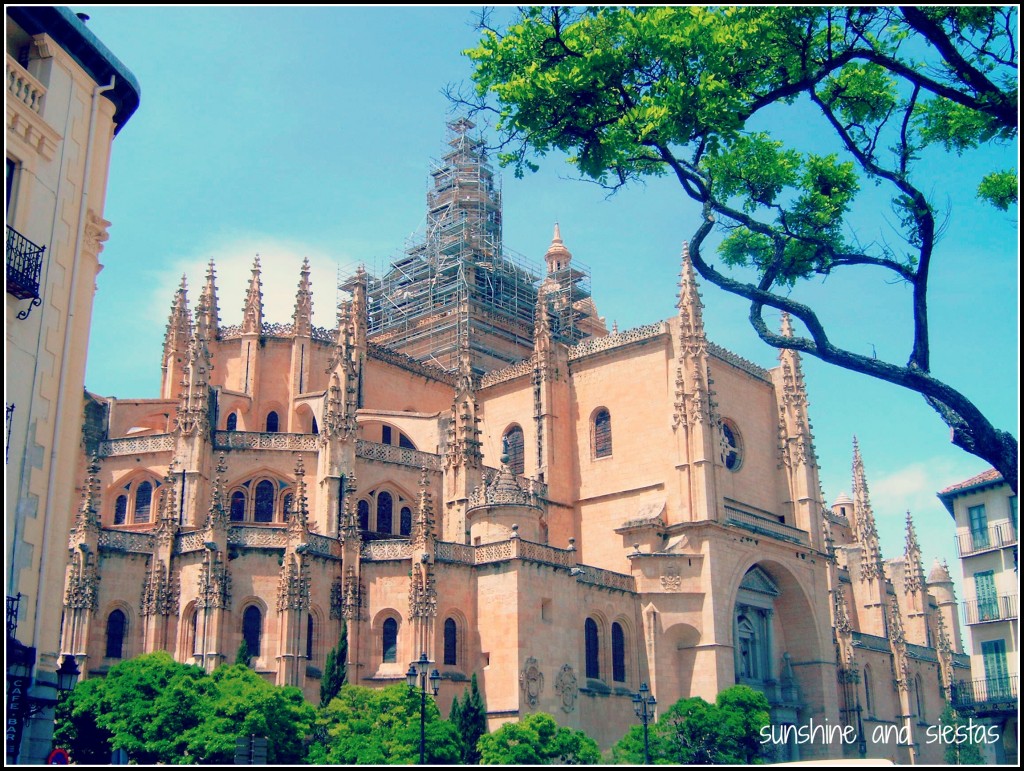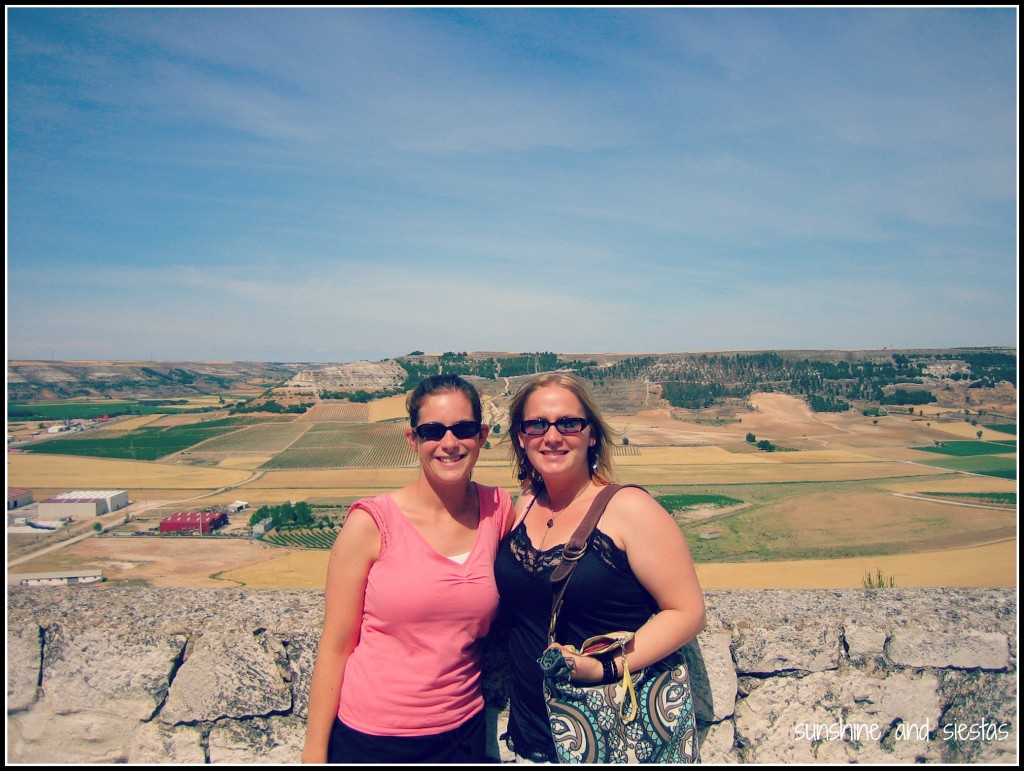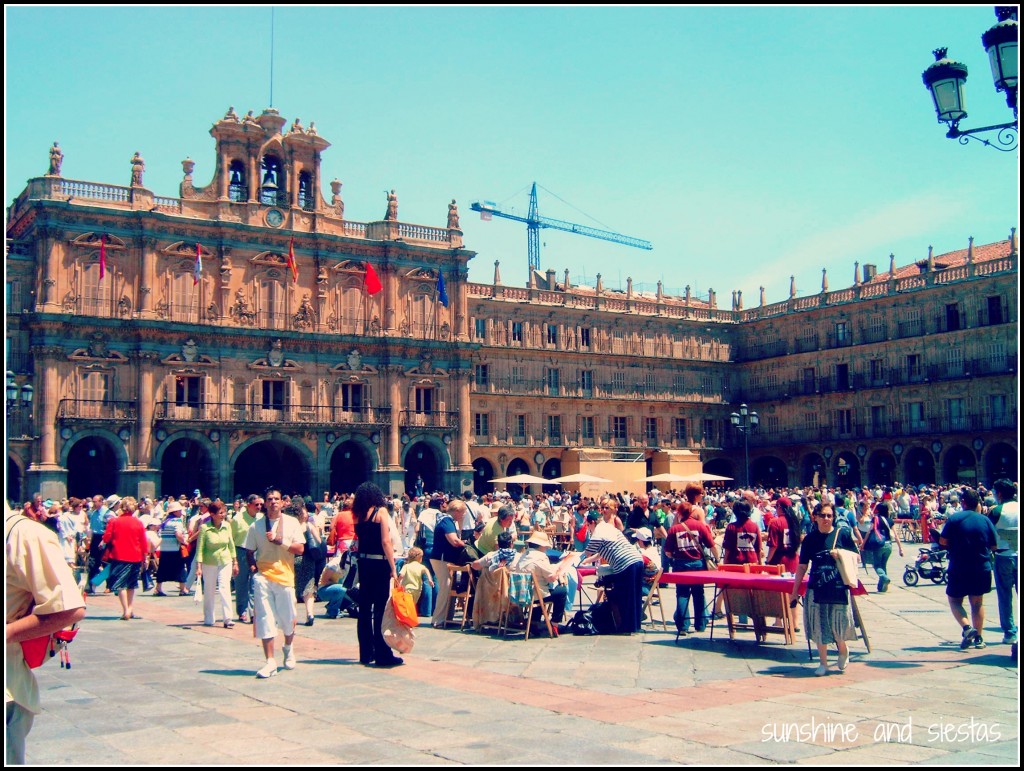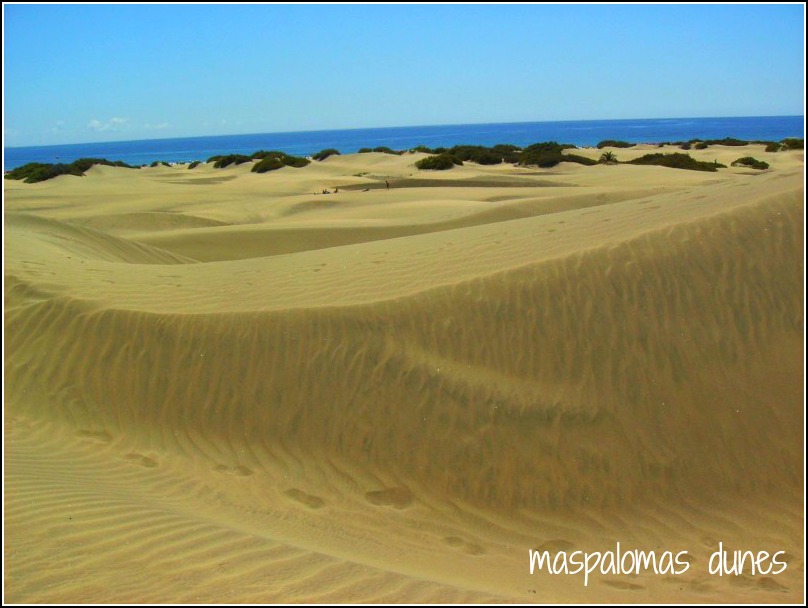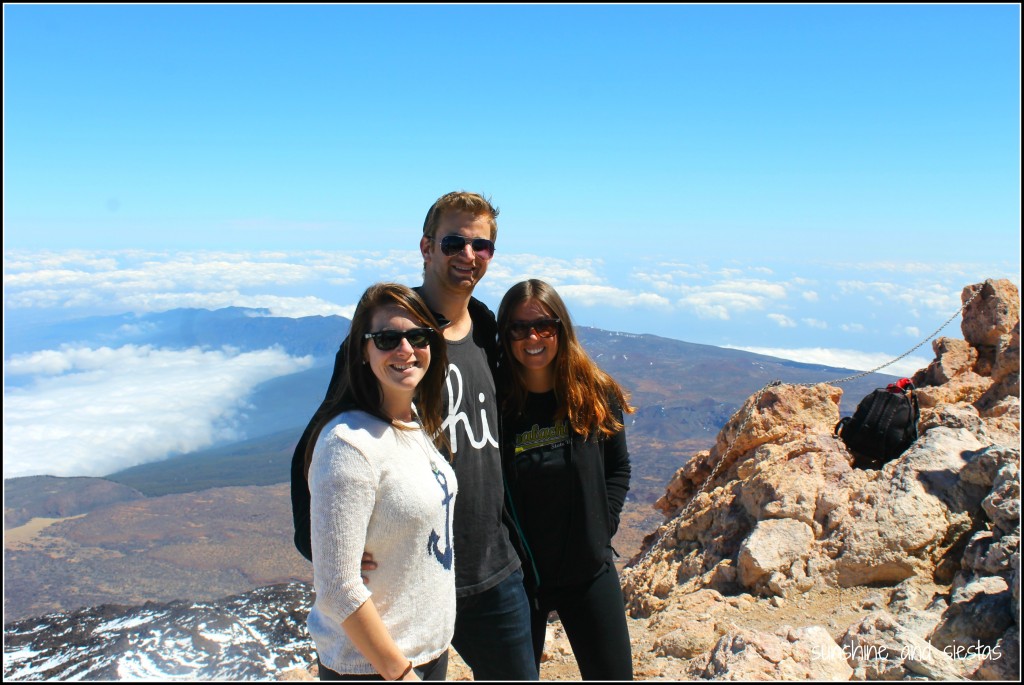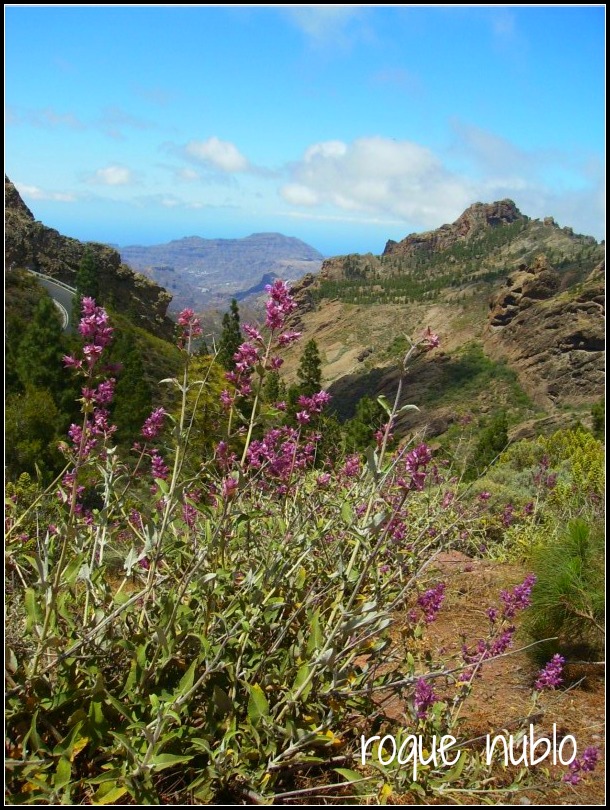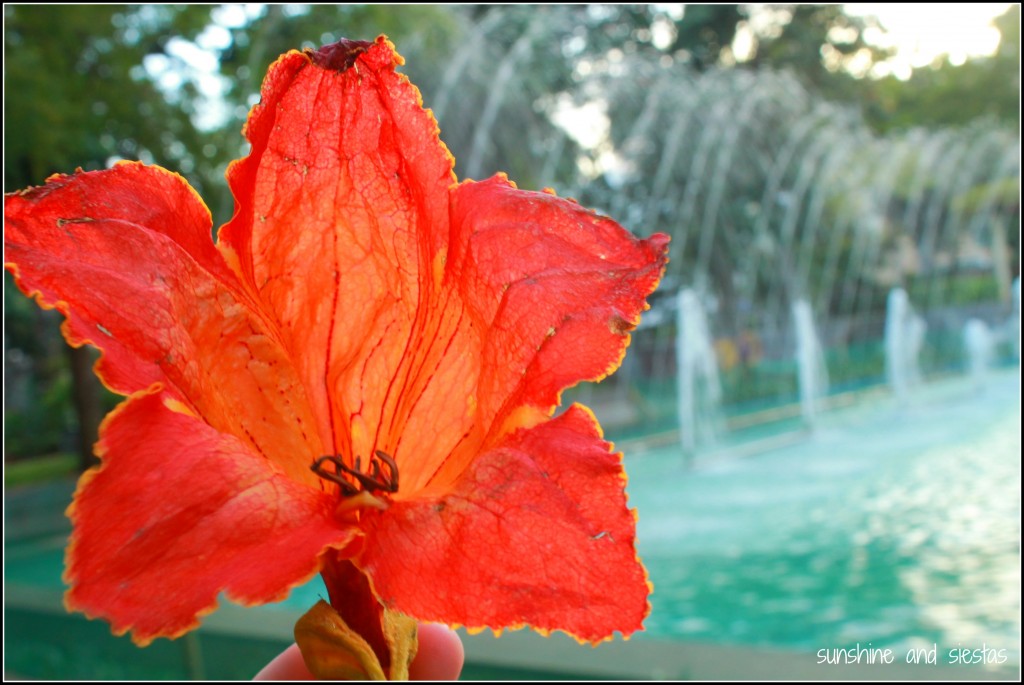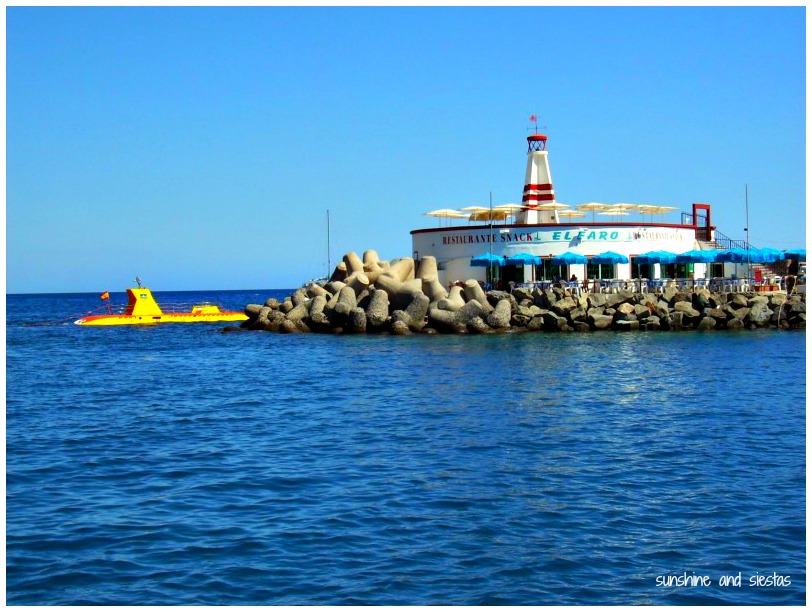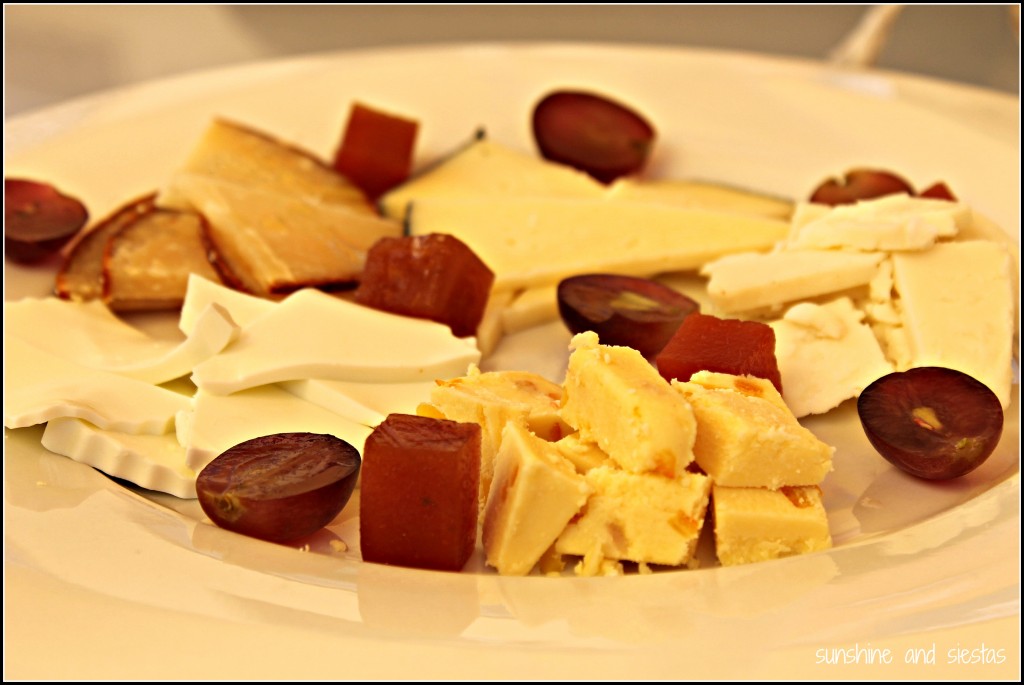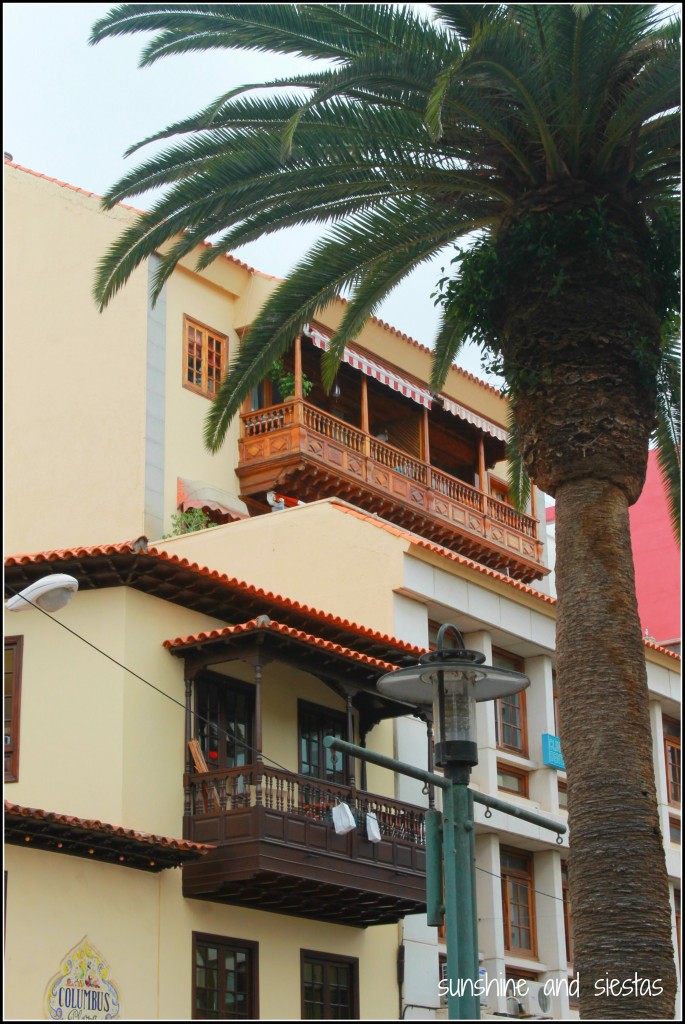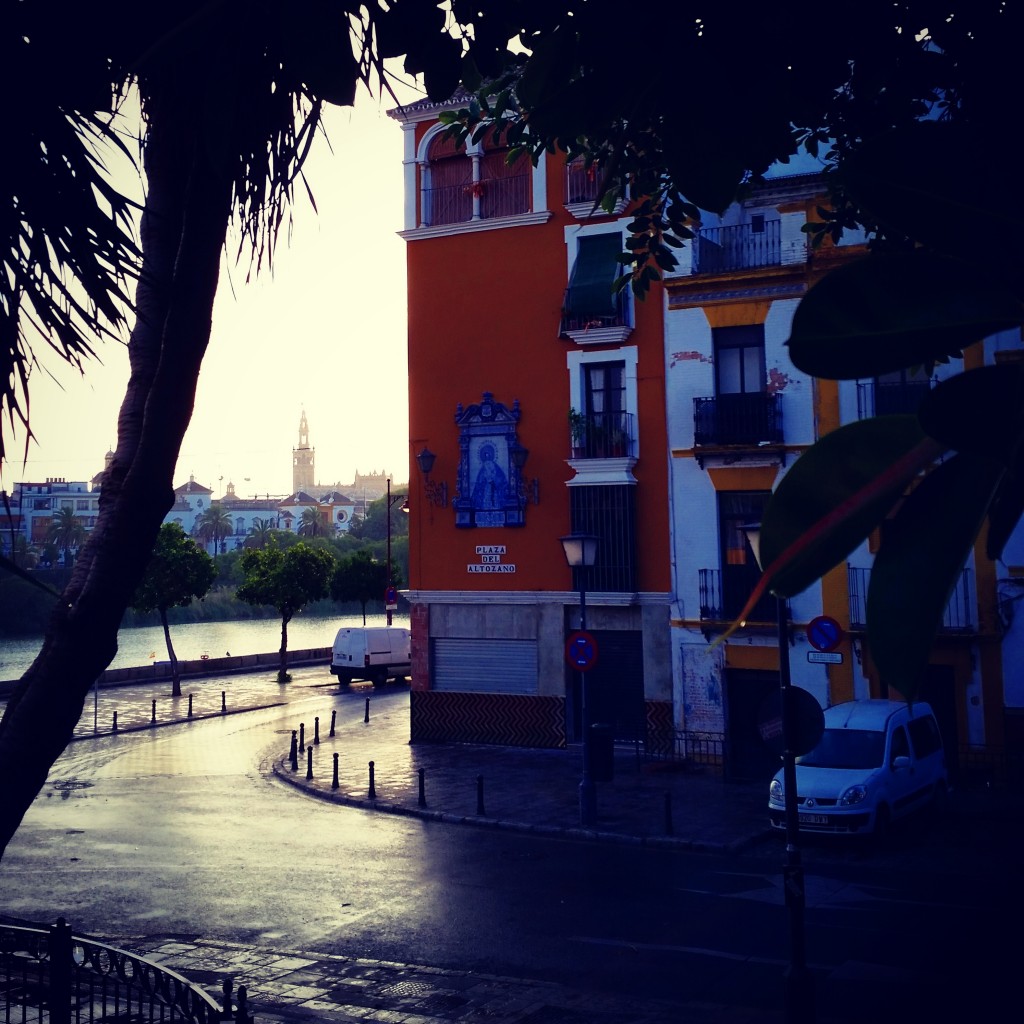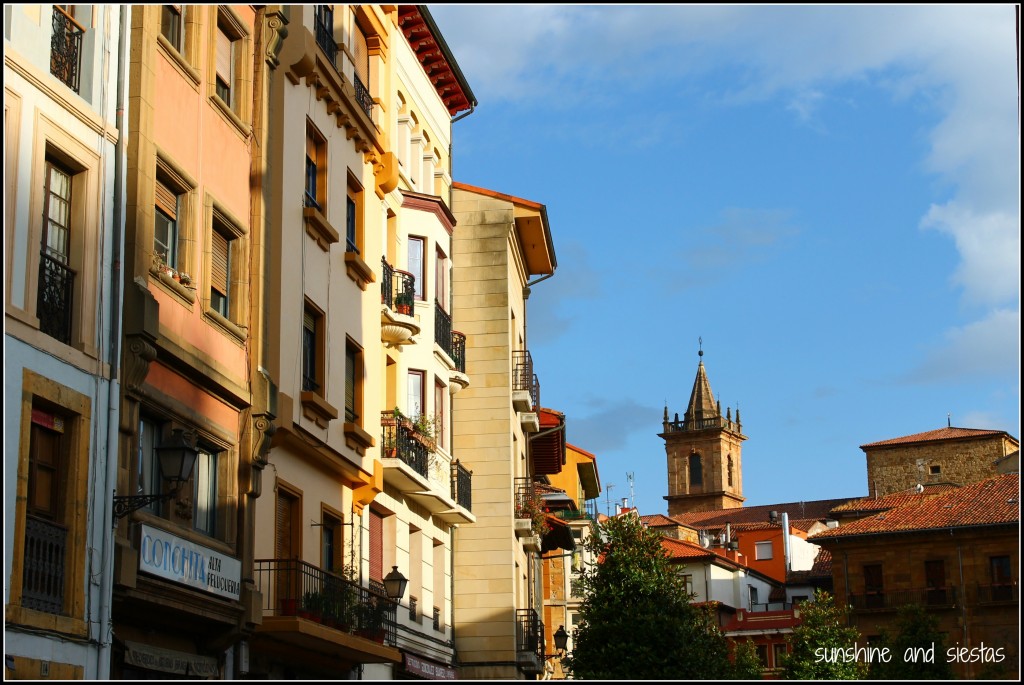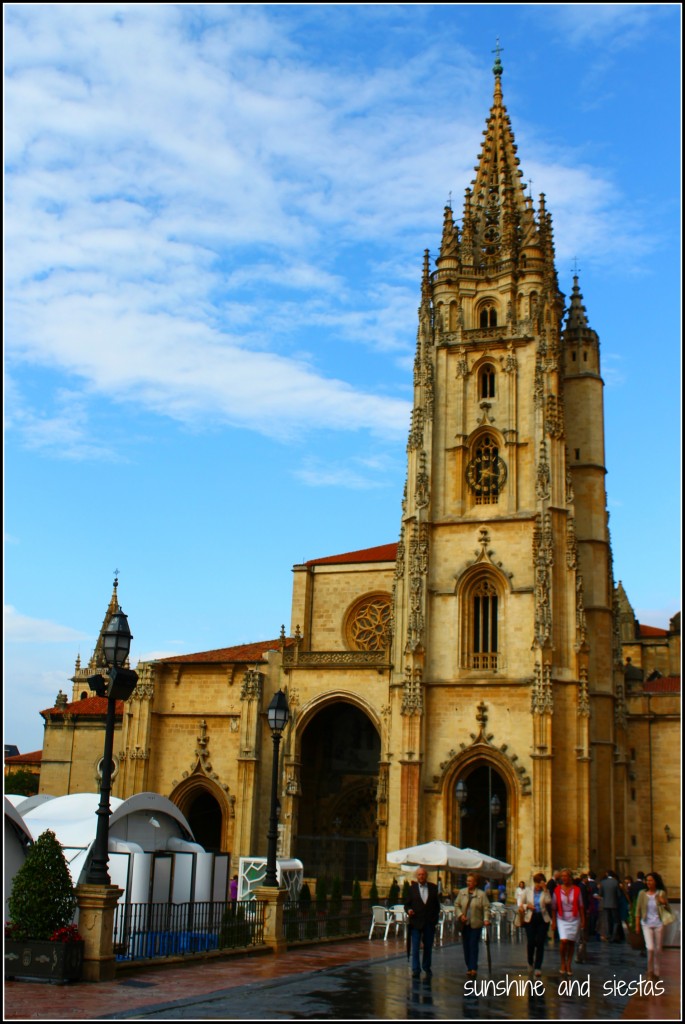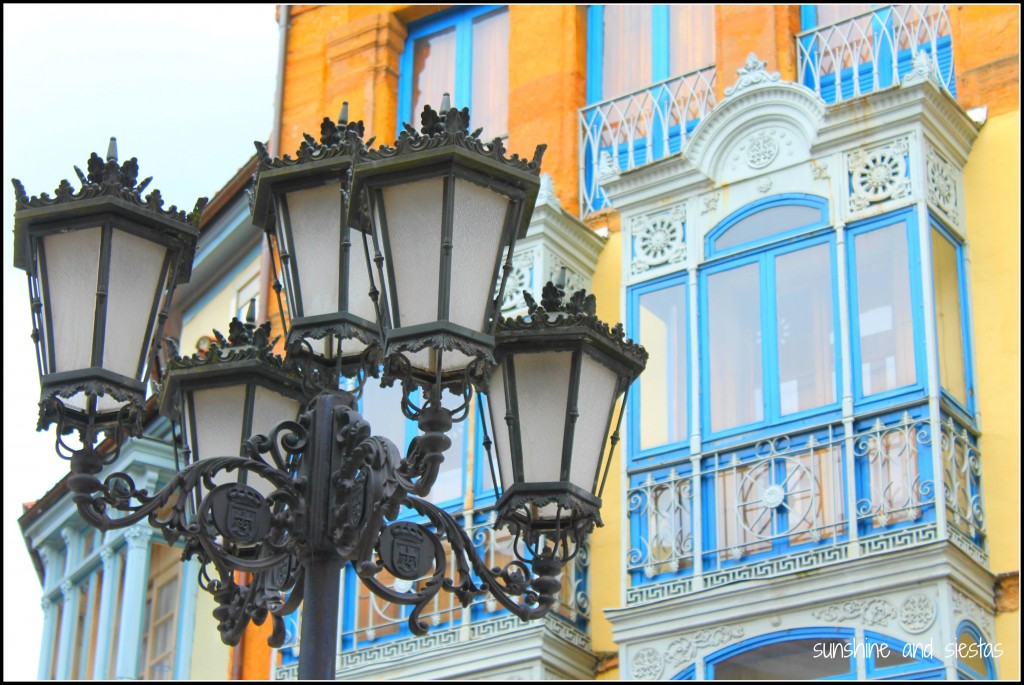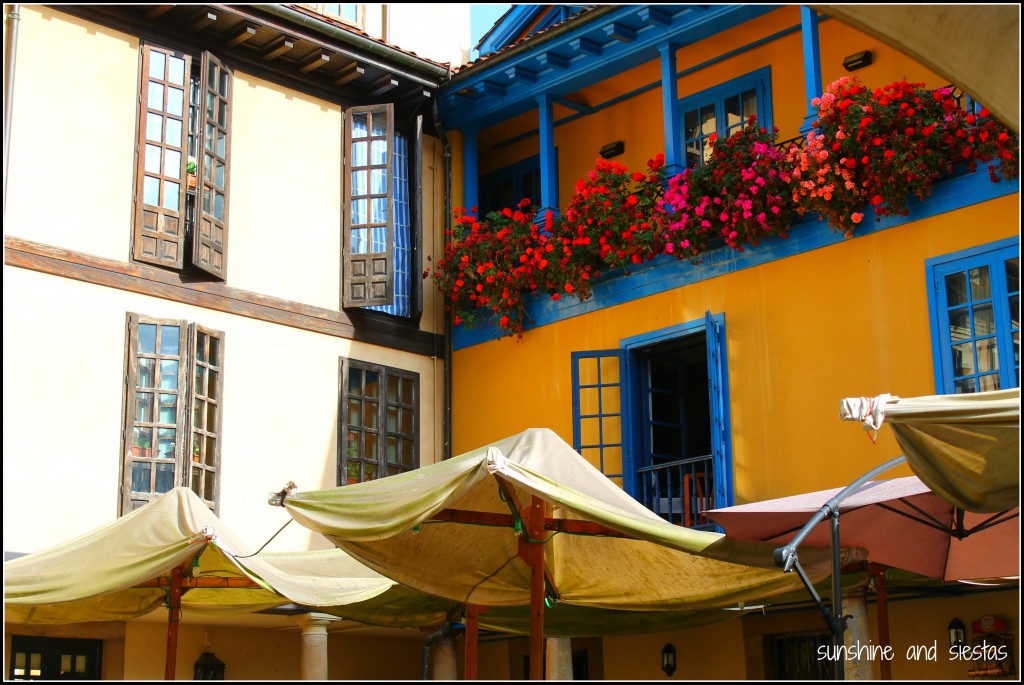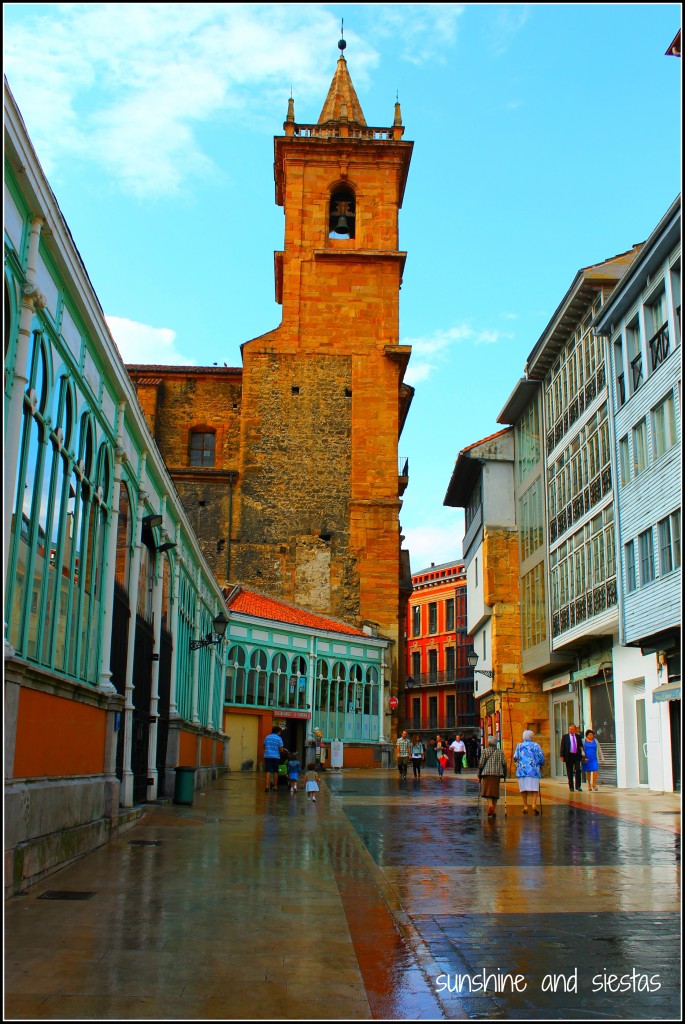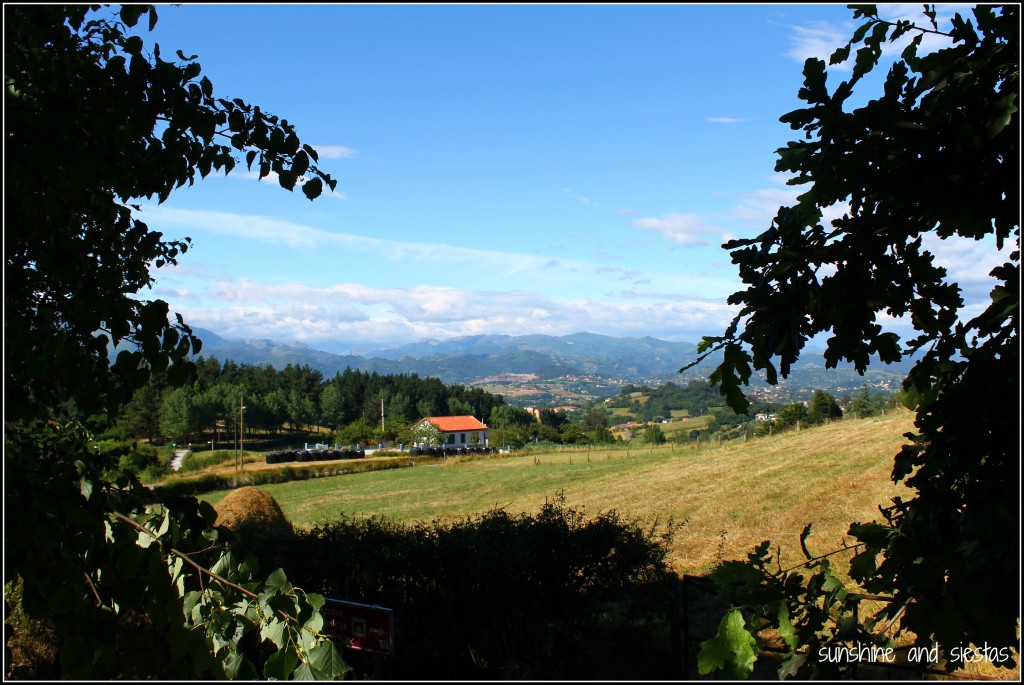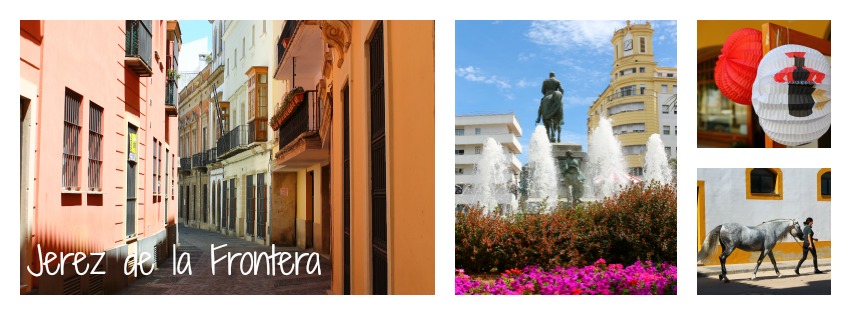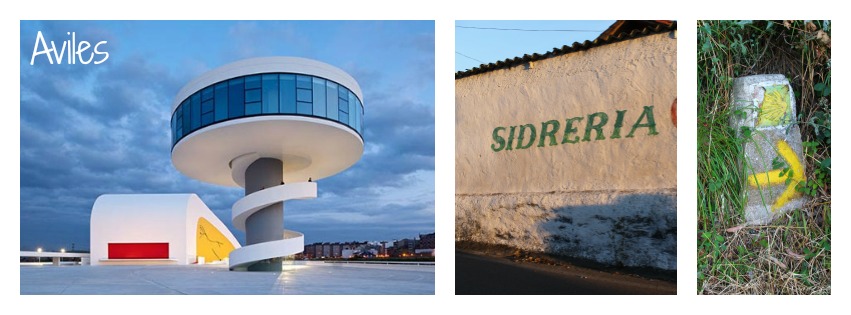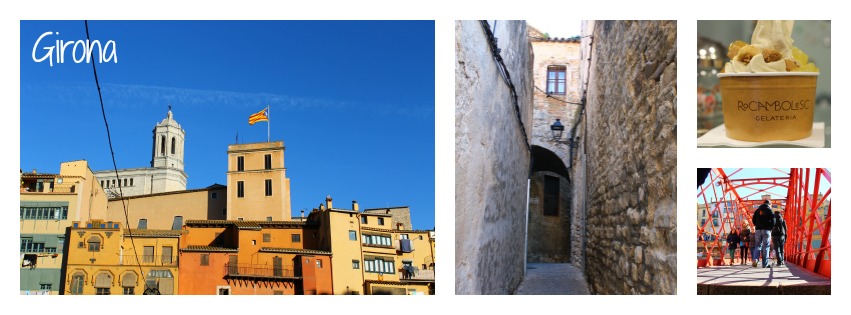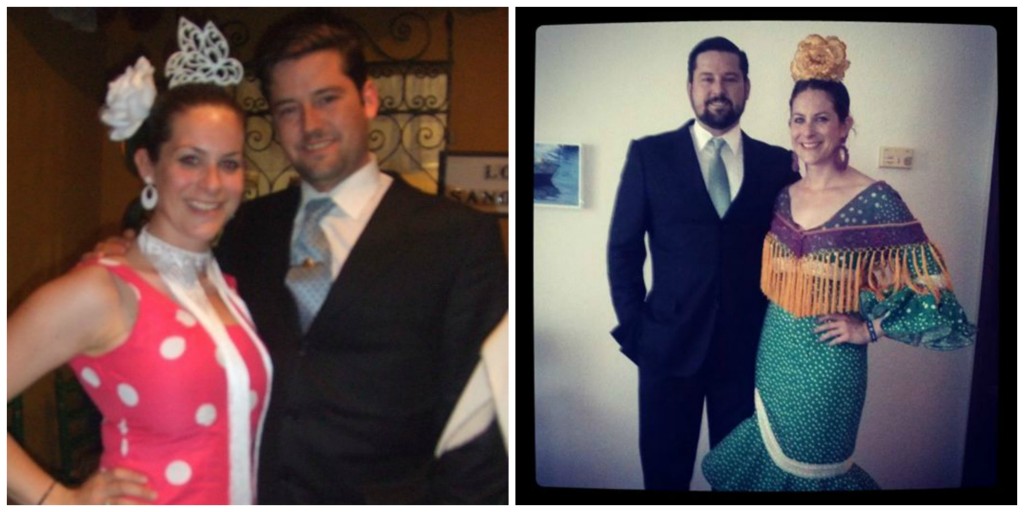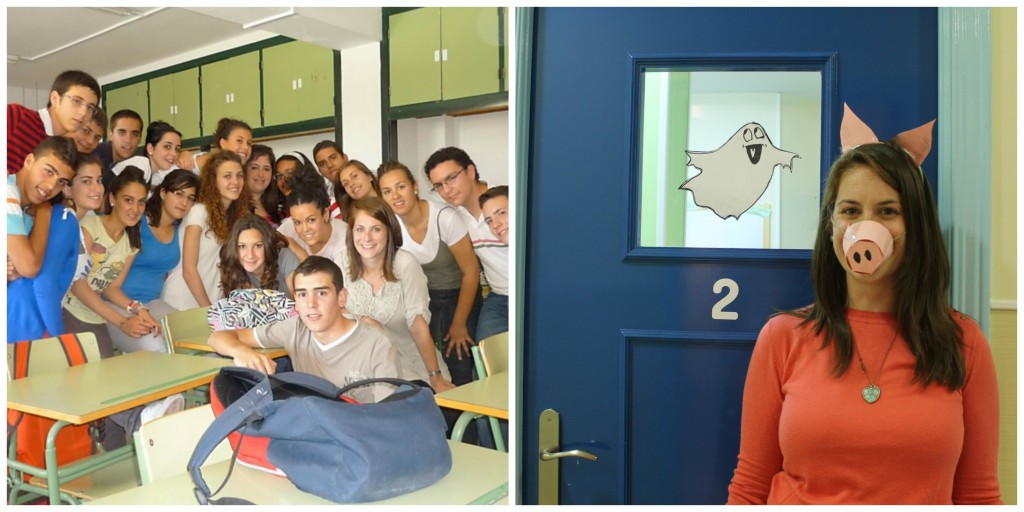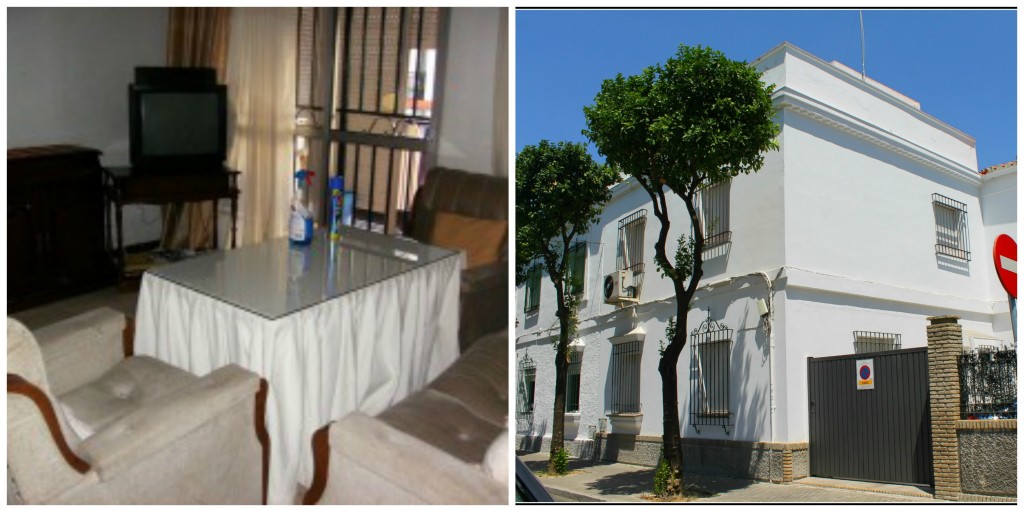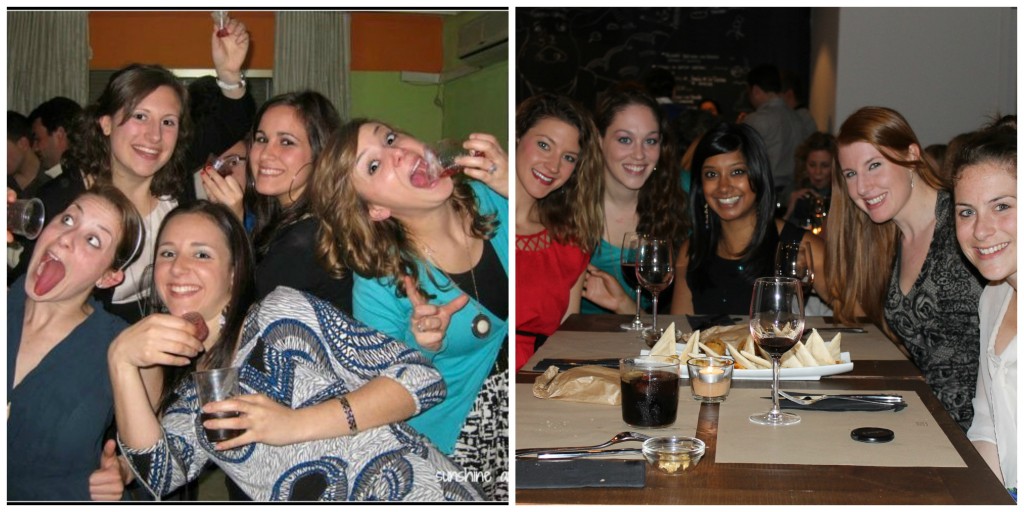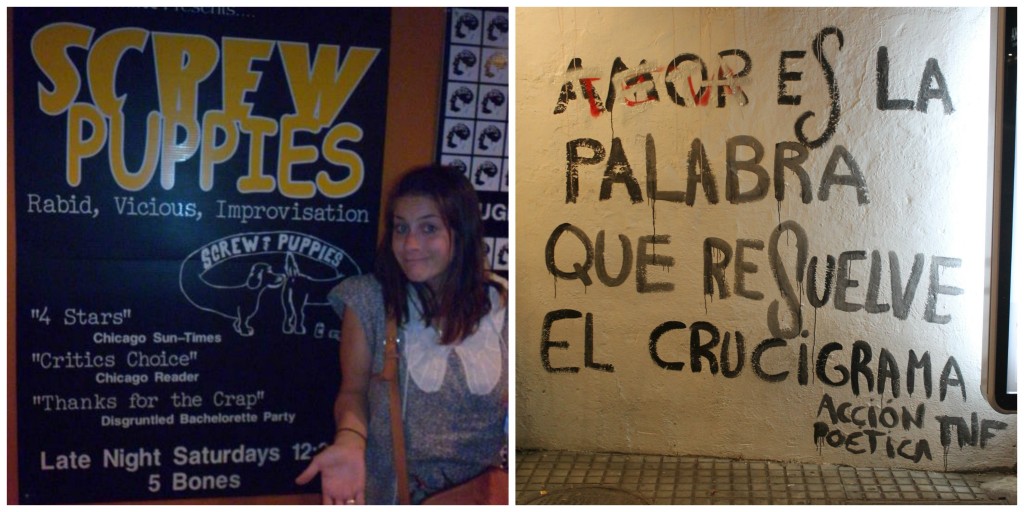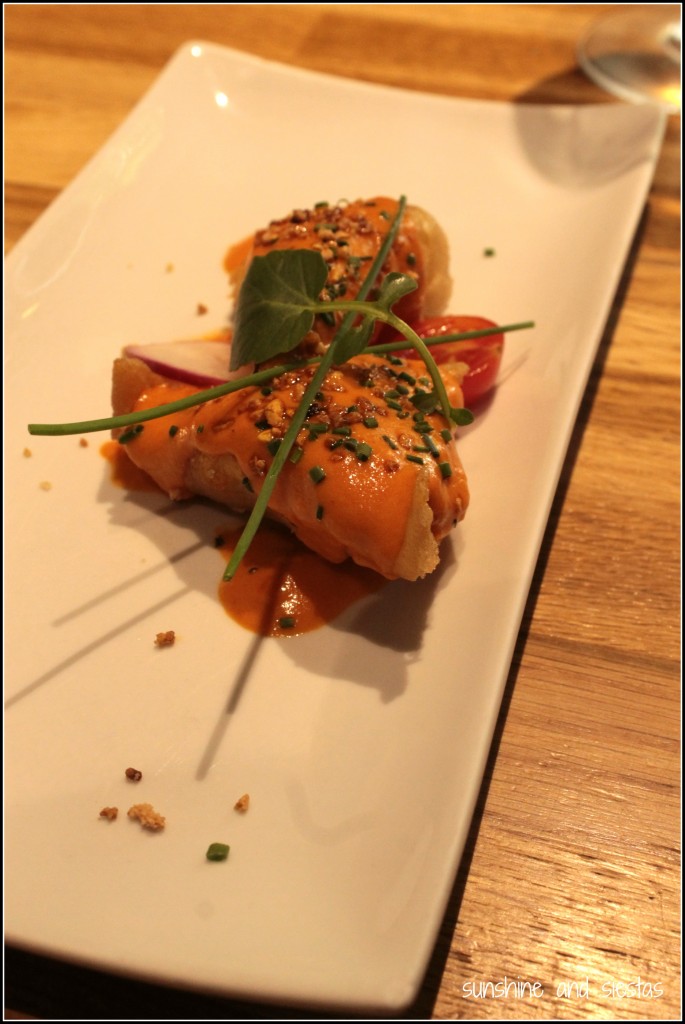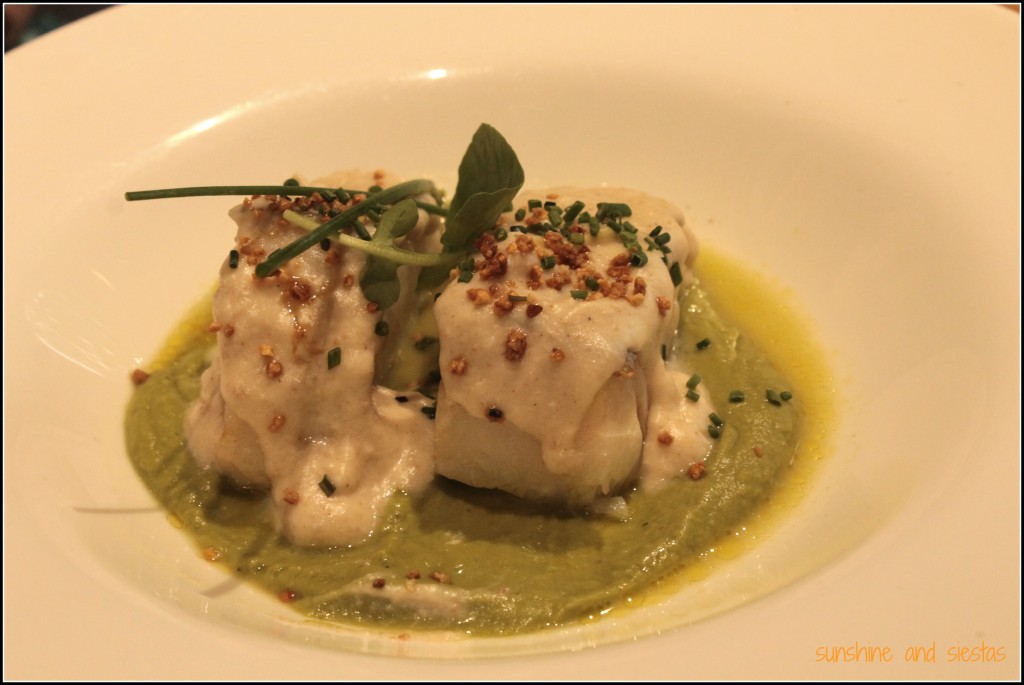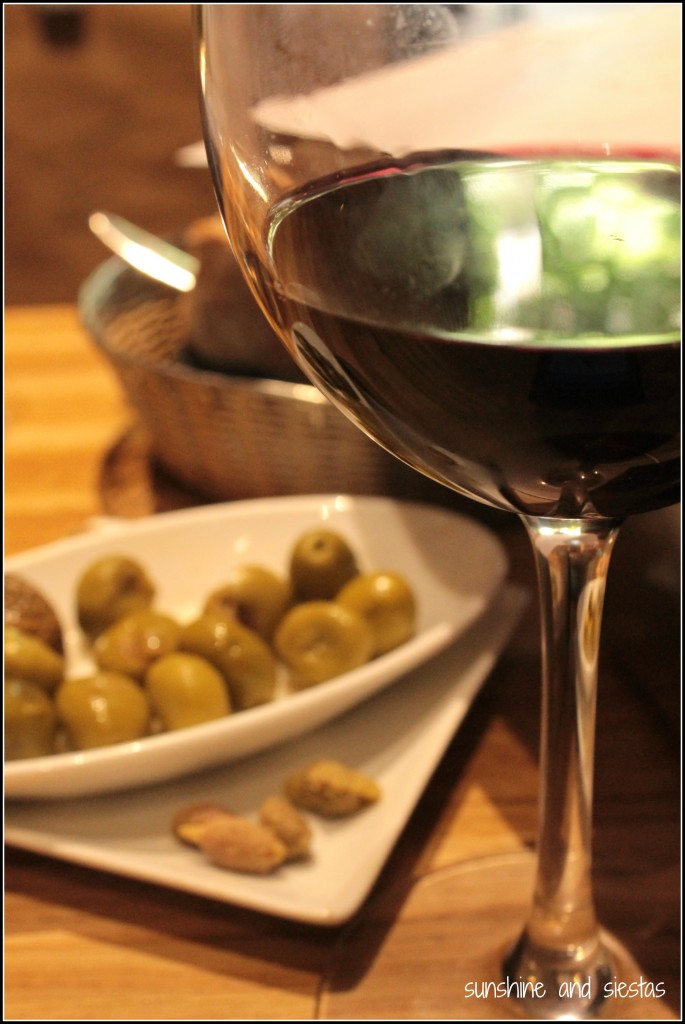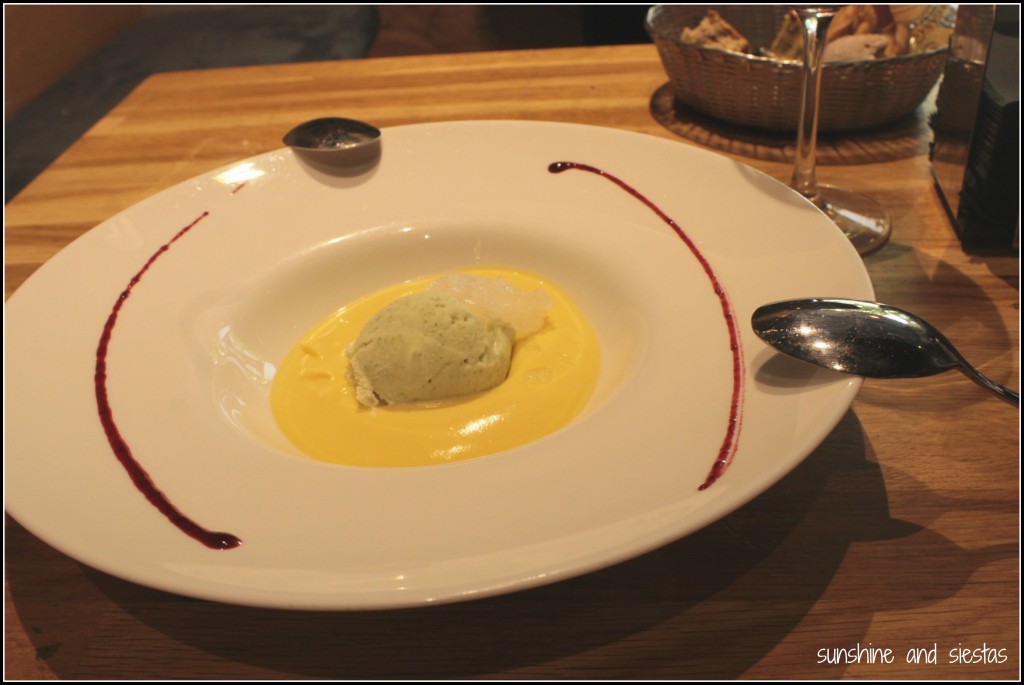Not one to make travel goals, I did make one when coming to Spain: visit all 17 autonomous communities at least once before going home. While Madrid, Barcelona and Seville are the stars of the tourist dollar show (and my hard-earned euros, let’s not kid around here), I am a champion for Spain’s little-known towns and regions. Having a global view of this country has come through living in Andalucía, working in Galicia and studying in Castilla y León, plus extensive travel throughout Spain.
Finally, after six months, we’ve hit my first taste of Spain – a taste that is as tender as a suckling roast pig, as fiery as a robust glass of red wine and something that, honestly, feel like home to me.
In May 2005, I studied abroad in Valladolid, the de facto capital of Castilla y León and one-time capital of Spain. It’s where Cervantes, Columbus and Torquemada once called home. It may not have the monuments, the vibrant culture ubiquitous to Spain, the soaring skyscrapers – but that’s what I liked about it.
Andalusia means so much to me, but it all started in Old Castille.
Name: Castilla y León
Population: 2.5 million
Provinces: Nine: Ávila, Burgos, León, Palencia, Salamanca, Segovia, Soria, Valladolid, Zamora.
When: May 2005, 1st of 17
About Castilla y León: Castilla y León is the largest of the 17 autonomous communities (close to one-fifth of its landmass!), and one of its most illustrious. It was here that marriages (and thus kingdoms) joined and saints roamed, where scholars changed the face of modern Castillian Spanish, and where cities practically shine gold.
Can you tell I’m a fan?
So, let’s start from the beginning.
Despite having been inhabited for a millennia, the modern-day Castille and León was born out of the marriage of two monarchs. The Leonese crown had long been stronger and held more land, though at the beginning of the second millennia, their power began to wane, losing the kingdoms of Galicia and Portugal, along with their prestige.
In 1230, the kingdoms became one when Castillian King Ferdinand III ascended to the vacant Leonés crown. These two crowns would fight independently in the Reconquest, eventually defeating Muslim taifas, though not before the Catholic kings – among the best-known Spanish monarchs of all time – send Christopher Columbus to the New World in 1492. Castilla has long been known for its scholarly and democratic traditions, which include being the region responsible for spreading castellano Spanish, as well as the first place where a curia, or public forum to address issue affecting the pueblo, was held.
In fact, Valladolid was the capital of Spain for five years in the early 17th century.
Among illustrious castellanos are El Cid Campeador, Felipe II (my favorite Spanish king with his funny hat), Santa Teresa de Ávila, Miguel Delibes, San Juan de la Cruz, Adolfo Suárez, and even former prime minister Jose Luis Rodríguez Zapatero.
Must-sees: Oh geez, where to start. I started, of course, in Valladolid, though there isn’t much to see in the capital city. There’s the national sculpture museum, a contemporary art center, a beautiful Plaza Mayor and a smattering of churches, though I spent most of my free time at the manmade beach on the Pisuerga River and at a bar called Sotobanco.
Skip Vdoid and head to the other treasures in the province, including nearby Peñafiel and its castle, which now hosts a wine museum. Castilla y León has a few protected wine regions, including Ribera del Duero and Toro – two of my personal favorites.
Castilla y León has six UNESCO World Heritage sites, more than any other region in the world, and several are a quick day trip from Madrid: the old cities of Ávila, Salamanca and Segovia (plus its aqueduct), the Gothic cathedral of Burgos, the old Roman gold mines at Las Médulas (check out Trevor’s post and pictures) and the archaeological remains of Atapuerca, near Burgos. This, plus the numerous pilgrim routes that cut through CL and eventually lead to Santiago de Compostela.
Castles are a prominent feature in Castilla y León – like in Ireland, they’re practically everywhere and there are rumored to be around 300 of them. Check out the Templar castle in Ponferrada, Segovia’s fairytale-like Alcázar and Castillo de la Mota in Medina del Campo, which was a prominent fortress in the Battle of Castille. You’ll also only find Gaudí outside of Cataluña in León and Astorga, where a beautiful palace lies along the French Way of Saint James.
Food is also a huge reason why Castilla y León shines. Apart from wine, Castilla produces a number of specialty meats, including morcilla de arroz in Burgos and roast suckling pig, pungent cheeses and milk, and is the largest producer of grains in Iberia. Cracker giant Cuétara is based in Aguilar del Campoo (not a typo), near Galicia, and with reason – there is nothing but fields around! Be sure to check out León’s Barrio Húmedo for free tapas, as well – I once at a croqueta de pizza pepperoni! You can also pick up sweets in Ávila that throwback to the town’s famous saint, Santa Teresa the Mystic.
The cities themselves are lovely, from the golden hue of Salamanca, a city famous for its university and Lazarillo de Tormes, to León’s juxtaposition of Gaudí palaces and humble stone homes. Burgos’s old town shines and Ávila’s fortified stone walls are still intact.
My take: If you’re a history or language buff, you have to get to Castilla y León sí o sí. If you love wine and meat and cheese, head out there. If you love churches, castles, rivers, limestone villages… you get it.
To me, Castilla y León is more Spain than Andalucía. Call me crazy, but it’s the Spain I fell in love with nearly a decade ago, and the Spain that beckoned me back. Andalucía is flamboyant where Castilla is demure, yet a bit coy. And the wine…
Want more Spain? Andalucía | Aragón | Asturias | Islas Baleares | Islas Canarias | Cantabria
Have you been to Castilla y León? What were your impressions of it? Cue Kaley and Cassandra chiming in now...

